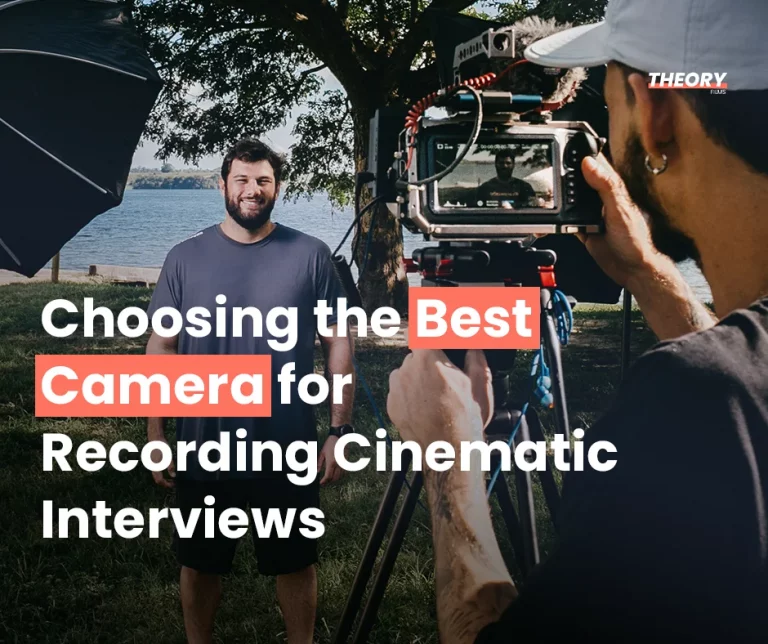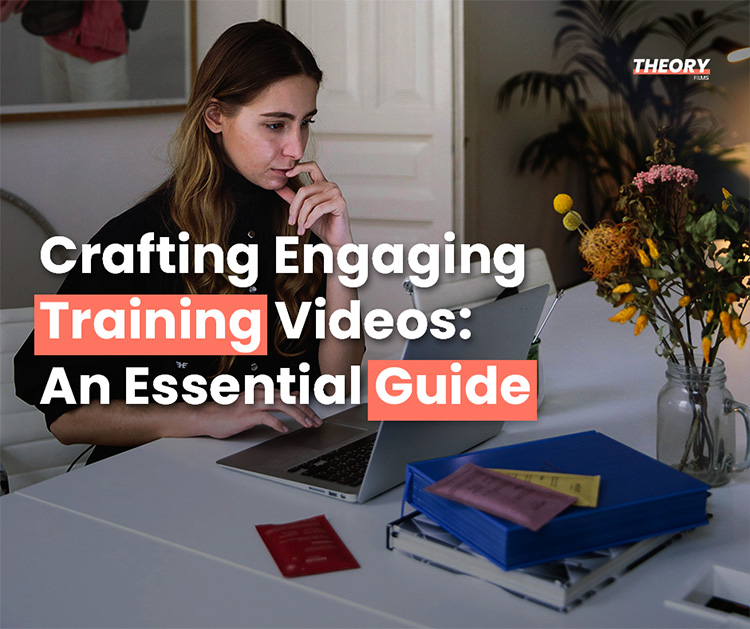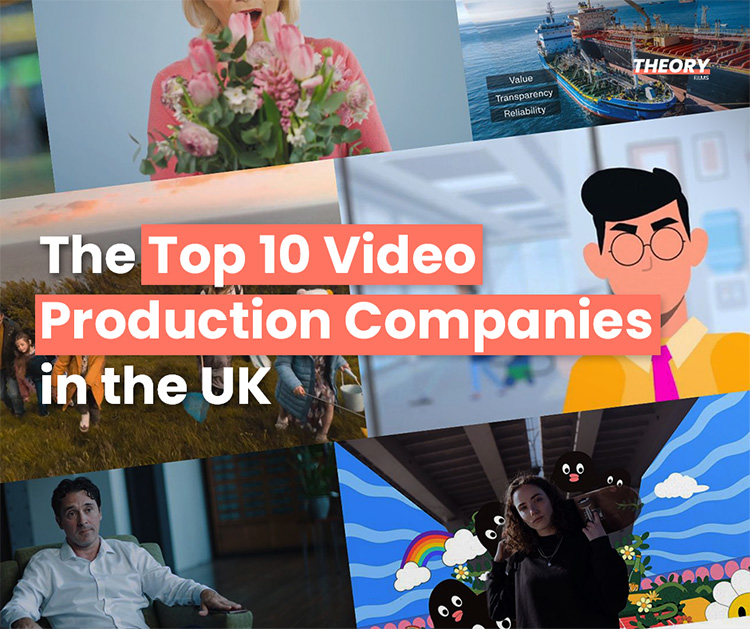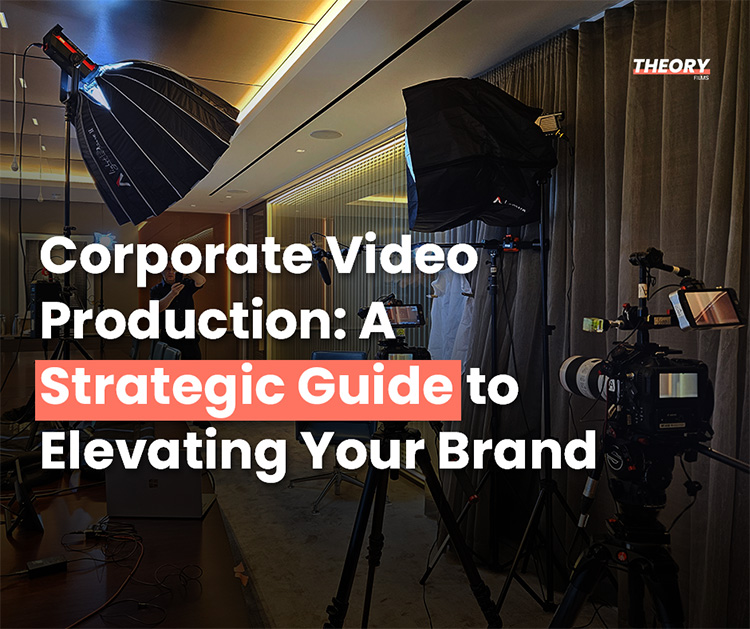Selecting the Perfect Camera for Cinematic Interviews
In the world of video content creation, recording cinematic interviews can significantly impact the success of your marketing campaigns. The right camera plays a crucial role in achieving that cinematic look and feel. Find out what factors you should consider when choosing a camera for cinematic interviews, and make informed decisions for your next project.
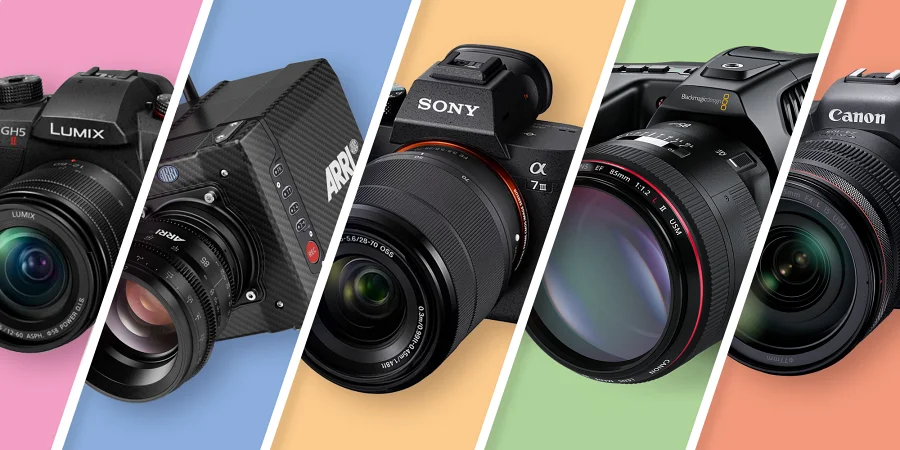
As marketers and agencies delve deeper into the world of video content creation, the significance of capturing cinematic interviews cannot be overstated. The success of your marketing campaigns hinges greatly on the quality of your interviews, influencing the overall narrative, engagement, and effectiveness. A vital aspect of achieving that desired cinematic look and feel is the careful selection of the appropriate camera. This blog aims to examine various factors to keep in mind when choosing a camera for cinematic interviews, providing in-depth guidance for making well-informed decisions.
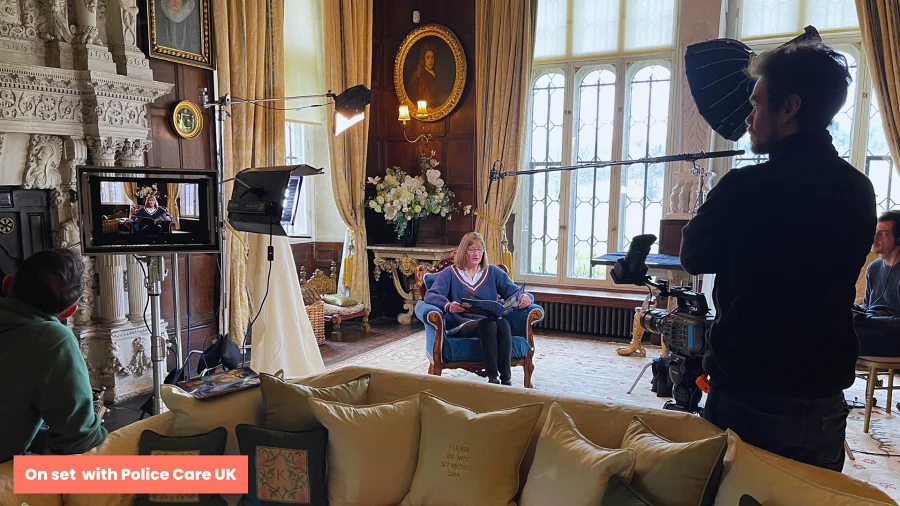
Resolution and Image Quality:
Resolution plays a significant role in capturing high-quality interviews. To achieve a cinematic look, consider cameras with a minimum resolution of 4K. This ensures sharpness and detail, allowing your audience to fully immerse themselves in the interviewee’s expressions and emotions. Popular cameras like the Sony A7S III and Canon EOS R5 offer excellent 4K capabilities.
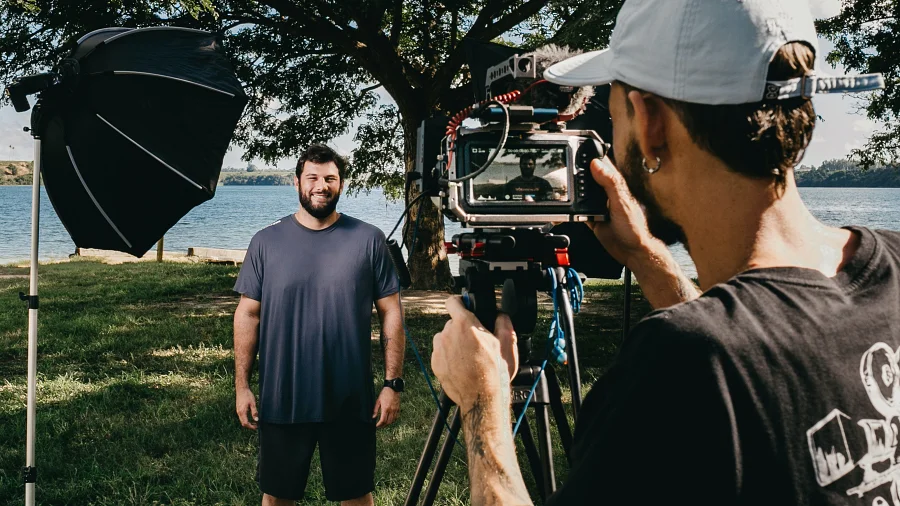
Low Light Performance
Interviews often take place in varying lighting conditions, and having a camera with exceptional low-light performance is essential for maintaining cinematic quality. Look for cameras with larger sensors, as they can capture more light, reducing noise and producing cleaner images. The Sony A7III and Panasonic Lumix GH5S are two cameras known for their impressive low-light capabilities.
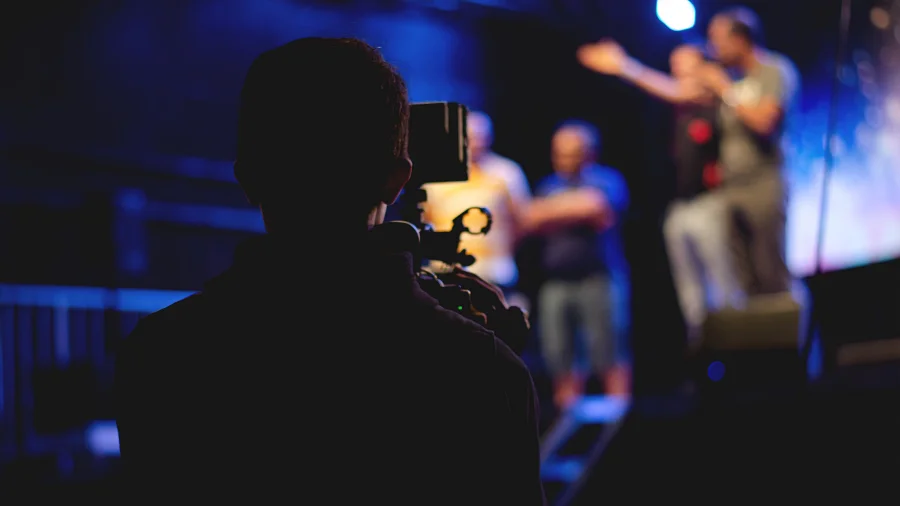
Depth of Field
Creating a shallow depth of field is a cinematographic technique that adds a professional touch to interviews. It involves keeping the subject in crisp focus while artfully blurring the background. To achieve this effect, consider cameras with larger sensor sizes and interchangeable lenses. The Sony FS5 II and Canon C300 Mark III are reputable cameras for achieving beautiful depth of field in interviews.
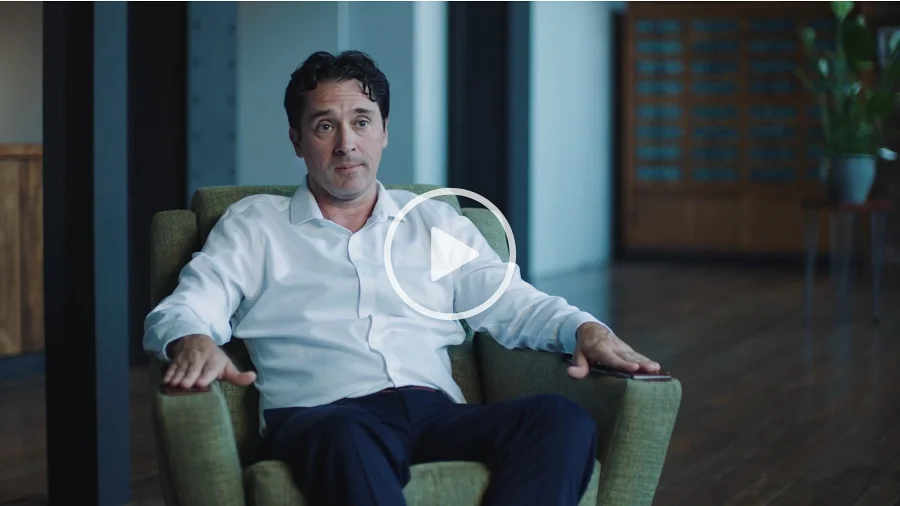
Lens Compatibility and Flexibility
A camera’s lens options can significantly impact its versatility. Interchangeable lens systems offer countless possibilities for achieving different looks and perspectives in your interviews. Popular lens mounts, such as Canon EF or Sony E-mount, provide a wide range of lens options, including prime lenses for sharpness and zoom lenses for added flexibility. Cameras like the Blackmagic URSA Mini Pro G2 and the Panasonic S1H offer excellent lens compatibility.
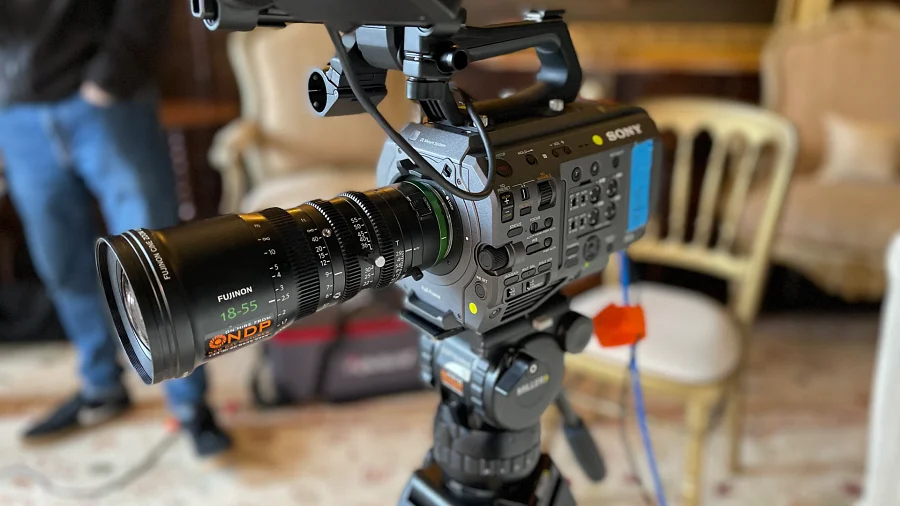
Stabilisation
Steady footage is crucial for professional-looking interviews. Many cameras now offer in-body or lens-based stabilisation, reducing the need for additional stabilisation equipment. This feature is especially beneficial when shooting handheld interviews or capturing spontaneous moments. The Sony A6600 and Panasonic Lumix GH5 both provide exceptional stabilisation capabilities.
Workflow and Post-Production
Consider the workflow and post-production requirements when choosing a camera. Some cameras offer built-in features like high-quality codecs, RAW capabilities, or even in-camera colour grading. These features can significantly streamline your post-production process and preserve the integrity of your cinematic interviews. The Blackmagic Pocket Cinema Camera 4K and the RED Komodo both excel in this regard.
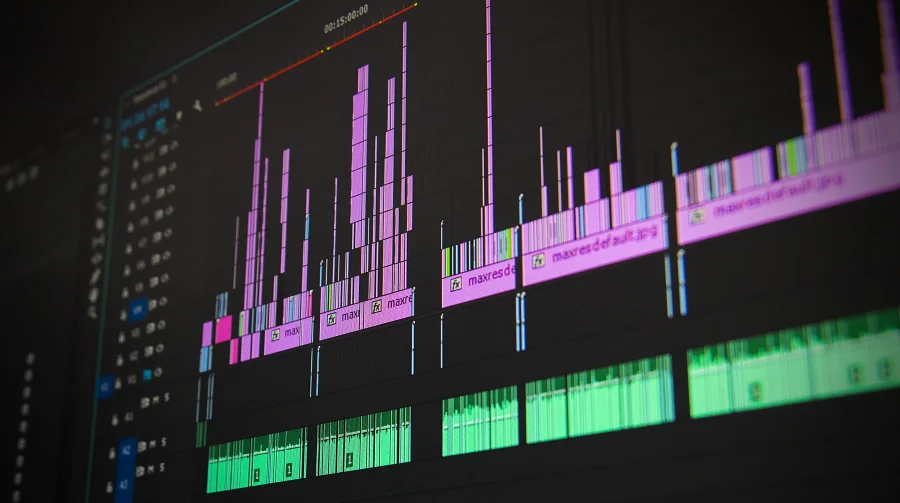
Budget Considerations
Cameras come in a wide range of prices, and it’s crucial to find one that fits your budget without sacrificing too much on the image quality and features you require. Entry-level options like the Panasonic Lumix G7 and Canon EOS M50 Mark II offer excellent value for money, while higher-end choices like the ARRI Alexa Mini and RED KOMODO 6K provide unmatched professional quality.
Conclusion
In conclusion, selecting the best camera for recording cinematic interviews involves considering factors such as resolution, low light performance, depth of field, lens compatibility, stabilisation, workflow, and budget. While there are numerous options available on the market, the camera is just one piece of the puzzle in creating compelling cinematic interviews – it’s your storytelling skills and meaningful content that truly make a difference.
At Theory Films, we not only know about and possess the most cutting-edge equipment, but we also have a team of skilled professionals who are driven by a deep passion for what they do. That’s why we are uniquely positioned to bring your ideas to life and help you realise your vision to its fullest potential.

